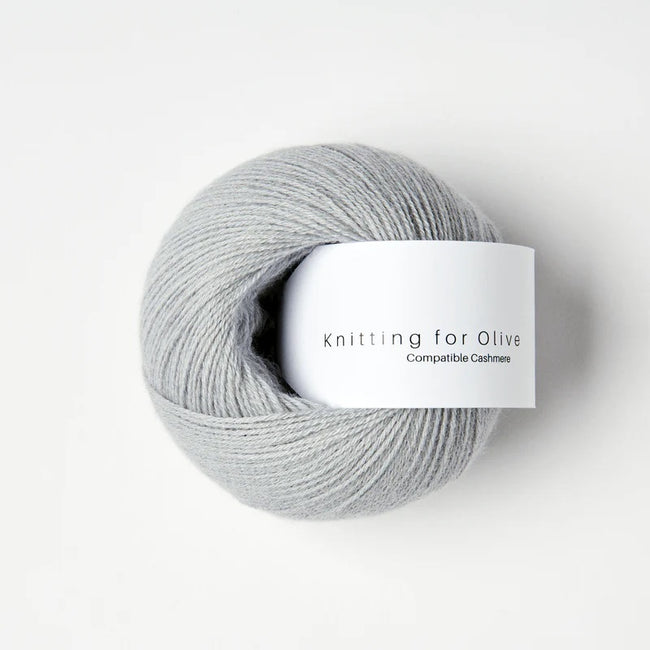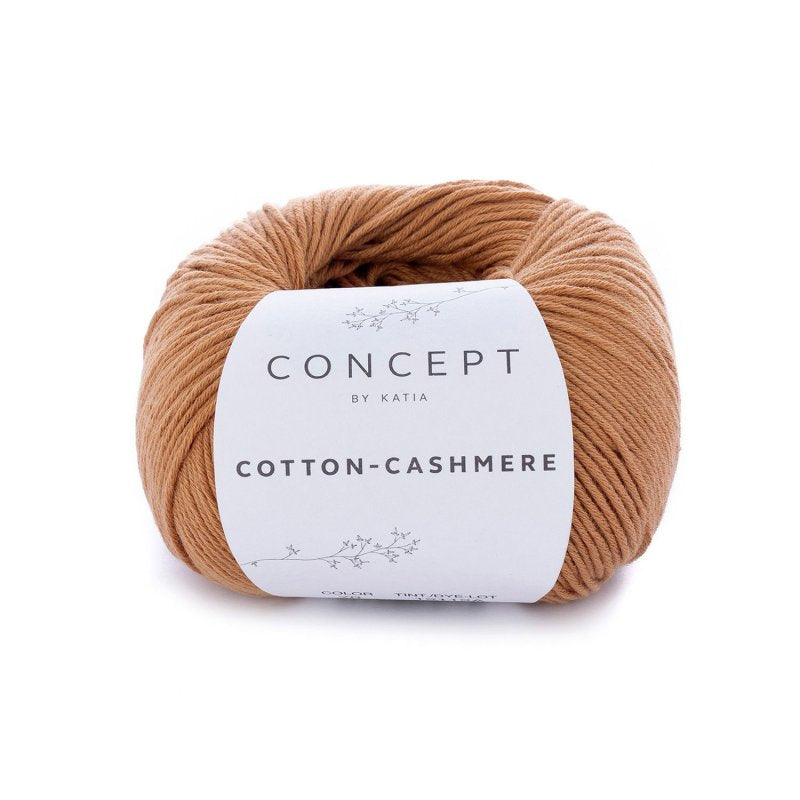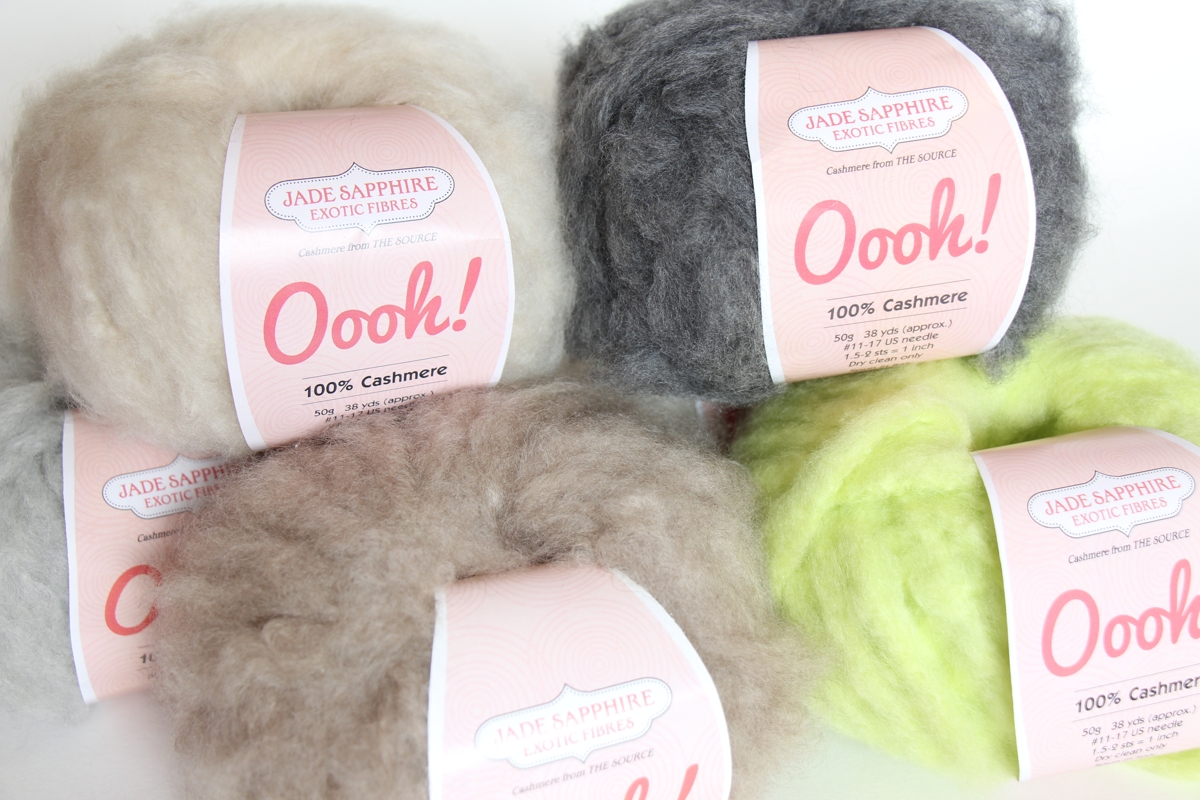How is cashmere Fibre Made and Why Is It So In Demand?
How is cashmere Fibre Made and Why Is It So In Demand?
Blog Article
Comprehending the Different Types of Cashmere an All-natural Fiber and Their Special Benefits

The Beginnings of Cashmere: A Historical Overview
While the extravagant touch of cashmere continues to beauty contemporary customers, its origins map back to the severe, chilly environments of Mongolia and the Mountain ranges. For centuries, the indigenous peoples of these areas have been increasing Capra Hircus goats, the prime source of cashmere wool. These goats, resilient versus the extreme winter seasons, grew a great undercoat to survive, which later ended up being referred to as cashmere. The name itself pays tribute to Kashmir, a region in India where the woollen was at first refined. Much of the early cashmere trade route was assisted in by the Silk Road, connecting Asia with the Center East and Europe. Despite its global spread, the finest cashmere is still thought to stem from the initial areas of Mongolia and the Himalayas.

The Manufacturing Process: From Goat to Garment
Shearing a Capra Hircus goat notes the beginning of the elaborate cashmere manufacturing process. This fragile treatment commonly happens annually during springtime. The fine, soft undercoat is then divided from the coarser external hair, a procedure understood as dehairing. The resultant raw cashmere is after that cleaned to get rid of impurities such as vegetable, grease, and dirt matter.
The clean fiber is subjected to dyeing, spinning, and weaving, or knitting, to transform it into a fabric. Complex treatments such as quality assurance checks and finishing procedures adhere to, making sure completion item maintains the lavish criterion expected of cashmere. This meticulous procedure, from goat to garment, warrants the high cost affixed to cashmere products, making them a symbol of high-end and improvement.
The Different Sorts Of Cashmere: A Thorough Evaluation

The Unique Benefits of Cashmere: Comfort and Sustainability
Moving from the range of cashmere types to the benefits they offer, comfort and sustainability stand out plainly. Cashmere, an all-natural fiber, is renowned for its unrivaled gentleness, supplying a degree of comfort that synthetic fibers can't match.
When it look these up pertains to sustainability, cashmere is eco-friendly and biodegradable, as it's gathered from cashmere goats who regrow their coats every year. what is cashmere. Unlike artificial fibers which can take centuries to break down, cashmere's influence on the atmosphere is marginal. This combination of convenience and sustainability makes cashmere a valuable selection for aware consumers

Caring for Your Cashmere: Upkeep and Preservation Tips
While cashmere is most certainly a sustainable and glamorous choice, it requires particular care to preserve its high quality and expand its life-span. To begin, cashmere must be hand washed using cold water and a mild cleaning agent. Cashmere items should be stored in a dry and trendy area, away from direct sunlight and wetness.
Spending in Cashmere: Recognizing Its Worth and Well Worth
Although cashmere might originally seem like a pricey investment, its long-term value and worth become obvious when you consider its impressive qualities. Known for its unparalleled soft qualities and warmth, cashmere is a costs all-natural fiber that exceeds various other materials. Spending in cashmere, therefore, is not just concerning current fashion fads, yet regarding welcoming a sustainable, lasting, and elegant lifestyle.
Verdict
In recap, the type of cashmere one chooses, be it Mongolian, Chinese, or Italian, is dictated by private choices for heat, luxury, sustainability, and budget plan. The value of cashmere prolongs past its rate, with comfort and durability including to its well worth. Proper care and upkeep can guarantee its conservation. Comprehending the origins, production process, and distinct benefits of different kinds of cashmere can direct customers in their financial investment in this lavish all-natural fiber.
Whether it's the outstanding heat of Mongolian cashmere, the affordability of Chinese cashmere, or the eco-conscious manufacturing of Italian cashmere, there's a story to be discovered behind each fiber kind. Cashmere, a natural fiber, is renowned for click this site its exceptional gentleness, providing a degree of comfort that artificial fibers can't match.When it comes to sustainability, cashmere is naturally degradable and renewable, as it's collected from home cashmere goats who regrow their layers each year. Recognized for its unequaled softness and heat, cashmere is a costs all-natural fiber that surpasses various other materials. Understanding the beginnings, production procedure, and unique advantages of different kinds of cashmere can direct customers in their financial investment in this elegant all-natural fiber.
Report this page